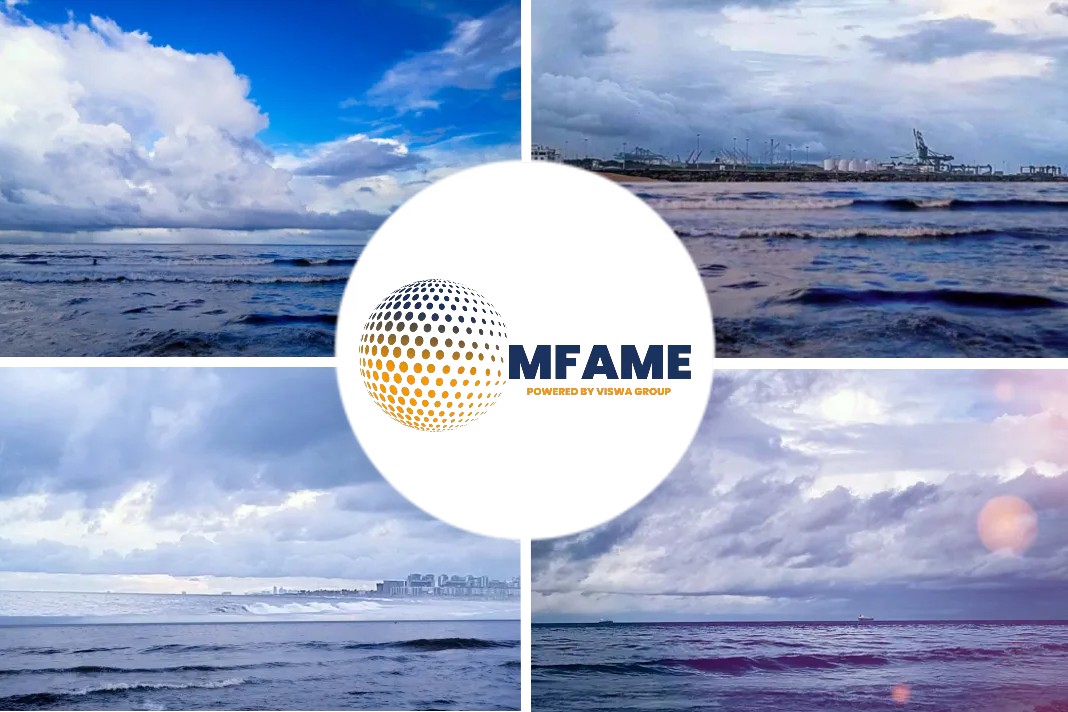- Suezmax Tankers to run its vessels on 0.5pc sulphur bunkers instead.
- Dry bulk carrier scrubber installations grew to 127 vessels.
- Hapag-Lloyd and Maersk are relying on the 0.5% sulphur bunkers for compliance.
- CMA CGM to meet 2020 deadline with scrubbers, 0.5pc sulphur fuel and LNG.
A variety of strategies have emerged among shipowners as they contend with the prospect of marine sulphur emissions limits under IMO rules set for implementation in 2020. Among these, the scrubber option is the most used but the rate of scrubber adoption varies from one vessel type to another, reports ArgusMedia.
The Varied Installations
Owners of tanker fleets, containership fleets and dry bulk vessels have all ordered scrubber installations as one mechanism for coping with the change, but are installing the scrubbers at widely varied paces on diverse timelines, although none of the fleets have hit a high proportion of scrubber installation despite the looming implementation deadline.
VLCCs
In early April, Koch chartered two newbuild VLCCs from Kyklades Maritime for two years. The newbuild VLCCs will be delivered from the shipyard in 2019.
They were chartered at $31,500/day for the first two years with an option to extend the charter for another year at $34,500/day. By comparison, around the same time Frontline time-chartered two VLCCs – FPM C Noble and FPMC C Melody with no scrubbers, build in 2012 and 2011 respectively at $21,750/day each for two years.
Suezmax Tankers
In a report from mid-June shipbroker SSY noted that there has been some activity for long term charters in the Suezmax tanker sector, with oil majors taking vessels for delivery towards the second half of 2018 at freight rates around the low-$20,000s/day for three years, while newbuild scrubber-fitted vessels delivering towards end 2019 were booked at reportedly mid-$20,000s/day for three years with the option for extending the charterer to two more years.
By contrast, Scorpio Tankers, the world’s largest clean tanker owner, noted that it plans to run its vessels on 0.5pc sulphur bunkers instead of installing scrubbers.
Dry Bulk Carrier
Dry bulk carrier scrubber installations grew to 127 vessels. Some of the shipowners with the biggest dry bulk carrier scrubber installations are Foremost Group, Algoma Central Corporation and Star Bulk. Brazilian iron ore producer Vale will time-charter 48 newbuild dry bulk carriers – 47 with 325,000 deadweight tonnes (dwt) and one with 400,000 dwt to be delivered in 2019-2023.
The Status So Far
Containerships with planned scrubber installation reached 96 in July, which accounts for less than three percent of the containership fleet. Of these 27 are already outfitted with scrubbers.
Containership owners Hapag-Lloyd and Maersk noted last year that they will use 0.5pc sulphur bunkers to comply with the 2020 regulation rather than installing scrubbers.
In 2017, France-based CMA CGM signed a memorandum of understanding with the French oil and gas company Total, which will provide CMA CGM with 3.5pc sulphur bunkers for ships outfitted with scrubbers as well as 0.5pc sulphur fuel and LNG for bunkering.
South Korean shipowner Hyundai Merchant Marine (HMM) has taken delivery of two 11,000 twenty-foot equivalent unit (TEU), each containerships with scrubbers. Italian shipowner Grimaldi Group has scrubbers on five of its containerships that are chartered to Atlantic Container Line.
Did you subscribe for our daily newsletter?
It’s Free! Click here to Subscribe!
Source: Argus



















